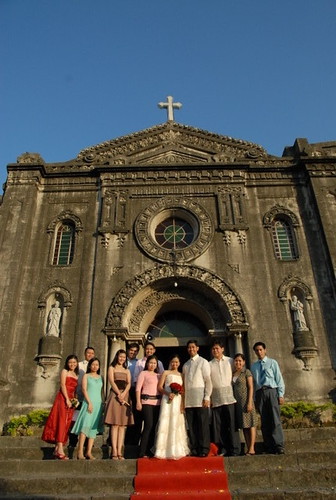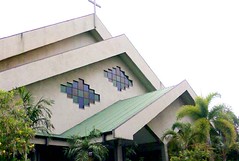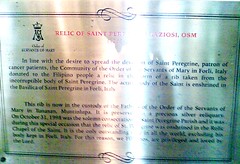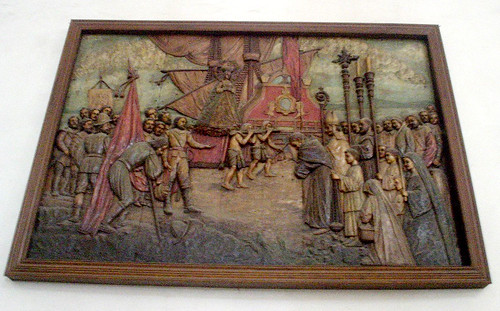Naturally, those against the Catholic Church would have their cause served had Rizal remained a freemason until his death. These people had a fanatical hatred of Catholicismdating from the Age of Enlightenment and the French Revolution. As in the propagation of anti-Spanish ideas in our history, the cause of freemasonry, anti-Catholicism, etc... is enhanced.
They claim that the retraction document is a forgery, but handwriting experts concluded a long time ago that it is genuine. Rafael Palma's opus on Rizal, titled "Biografia de Rizal" (translated into English as "Pride of the Malay Race" by Roman Ozaeta) is so anti-Catholic that the Church succesfully opposed its publication using government funds. Palma was a ranking freemason and his book is expectedly against the Church, so as the work of Camilo Osias. For those explaining the retraction in a more scholary and objective manner, the works to be consulted are those of Jesus Ma. Cavanna, C.M. (incidentally, one of the first Latin mass celebrants, along with Fr. Manuel Pinon, O.P., after its limited revival back in the early 1990s) titled "Rizal and the Philippines of his Days", Leon Maria Guerrero's "The First Filipino", and by the Dominican historian Fr. Fidel Villaroel, O.P. entitled "Jose Rizal and the University of Santo Tomas". Generally, the Dominican archbishop of Manila at the time of Rizal's execution, Most Rev. Bernardino Nozaleda, O.P. (who served as vice-rector of UST when Rizal was a student there), was so concerned about the salvation of his lost sheep that he sent Jesuit priests from the Ateneo de Manila (Rizal's high school alma mater) to minister to him in prison at Fort Santiago. He knew well that Rizal was still on relatively good terms with his former teachers at the Ateneo even if he condemned the friars in general. The first attempt, by Fr. Pablo Pastells, S.J. (then Jesuit Philippine Mission Superior and a former teacher of Rizal at the Ateneo) was made years before during Rizal's exile in Dapitan when the two men had a religious debate by correspondence lasting eight months, in which Pastells used all the weapons devised by Catholic apologetics to convice Rizal of his religious errors, which the latter countered with all the ideas devised by the anti-religious philosophies of the Age of Enlightenment. A book on this is the one written by Jesuit scholar Fr. Raul Bonoan, S.J. titled: "The Rizal-Pastells Correspondence" (often misquoted by anti-Catholics to prove Rizal's non-retraction) . After eight months, Rizal requested Pastells that the debate be stopped, for it is useless. Apparently, the close association of Catholicism with Spanish colonialism worked against Pastells, for since Legazpi, the Church's evangelical work had been closely tied with the might and majesty of Spain under the so-called "Patronato Real"
(Royal Patronage) in which by agreement with the Pope, the Church in the Spanish empire was partly taken from Rome's jurisdiction in exchange for monetary support from the Crown of Spain. This made the Church less "Catholic" and more "Spanish" for appointments of priests and bishops were controlled by the government. Definitely, the predominantly- Spanish missionaries also had the obligation to turn their charges into loyal Spanish subjects as well as good Catholics. By doing so (a fact often overlooked by rabid "nationalists" and anti-Catholics) , the Spanish missionaries laid the foundations for Filipino nationhood by putting the islands and its people under one government and religion for the first time, or "Bajo de la Campana" (under the bells).
But these would eventually work against Spanish political domination, when higher education was eventually extended to the Filipinos by the missionaries by the middle of the 19th century, through UST, Letran and Ateneo (something the other colonial powers did not do at that time). Their students (which included Rizal) became aware of the fundamental equality of men, despite racial, class, or other differences, as taight by Catholic doctrine. They began to resent the lingering domination by the Peninsular Spaniards in both Church and State and wanted more say in running their own affairs. This would result in the Propaganda Movement to clamor for reforms against Spain. With its eventual failure, reformist tendencies would led to separatism in Andres Bonifacio's Katipunan, paving the way for the Philippine Revolution of 1896. Unfortunately for the cause of Catholicism, the association of the Faith with Spanish domination would make Filipino intellectuals turn to the anti-religious philosophies of the Age of Enlighthenment and join masonic lodges, especially those who continued their studies in Spain, like Rizal.
Going back to Rizal's alleged retraction, men lacking in faith (such as masons) would surely deny its possibility for obvious reasons. But at the same time Archbishop Nozaleda (contrary to that distorted image shown in the very anti-Catholic "Rizal" movie by Marilou Diaz-Abaya) was very much concerned about Rizal's soul. If he cannot reverse Rizal's conviction by a Spanish military court for complicity against Spanish rule and death sentence, he at least, tried to convince the man to return to the Church before his execution. Besides sending the Jesuits to Rizal's cell, he issued a circular to all the religious communities in the city, that they PRAY FOR THE CONVERSION of the condemned man (similar to Cardinal Sin's order for prayers by the contemplative nuns just after news of Defense Minister Enrile and General Ramos's defection from the Marcos government broke out, paving the way for the EDSA 1 Revolution in 1986). This is one element the masons' and other anti-Catholics' faithless and biased minds cannot understand: "the power of prayer.'
In fact, in the early afternoon of December 29, 1896, just a day before Rizal's execution, the hero was still adamant as in his debate with Fr. Pastells, refusing to retract masonry. Shortly after Nozaleda's prayer request, another of his former Ateneo teachers, Fr. Vicente Balaguer visited him and frankly told him that unless he renouces masonry, he'll surely go to hell the next day. This made the hero reflect deeply. As Balaguer was about to leave, Rizal told him that "I'll pray for the gift of faith". In the evening, Rizal finally announced to the Jesuits his intention to retract masonry and return to Catholicism. Upon being informed, Archbishop Nozaleda ordered the preparation of a retraction formula, which the hero must agree and sign before he is readmitted to the Church and the sacraments (this would also be required of the Aglipayan Church's co-founder Isabelo de los Reyes, when he returned to Catholicism in the mid-1930s, dealing a blow to the Church he founded second only to its loss before the Supreme Court in 1907 when the high tribunal ordered it to return to the Catholic Church the church buildings it usurped due to either the defection of its curate to Aglipayanism or their lack of a resident pastor).
When Rizal was shown the retraction formula, he rejected it but he asked if he could write his own (English text is found in the works of Cavanna, Guerrero, and Villaroel I cited above). After doing so, he was finally allowed to receive the sacraments, such as confession, communion, holy mass and the sacrament of matrimony with his foreign sweetheart. Josephine Bracken, giving her as a weddionmg gift. Thomas A' Kempis "Imitation of Christ." By daybreak, Rizal walked into eternity a Catholic once more.
One factor which made Rizal convert, according to my opinion, is he was never a true, blue anti-clerical. Although he learned about the French style of anti-clericalism (characterized not only by the separation of Church and State but of the persecution of the former by the latter as what happened in revolutionary France) he did not favor it, and probably was more inclined toward the American style of Church-State separation, which simply left the Church and State in its separate spheres of influence and no persecution of the Church by the government. In Mexico in the 1920s, a French-style persecution of the Church occurred under the presidency of Plutarco Ellas Calles. Earlier, a similar wave of persecution happened in Portugal after the overthrow of the monarchy during the 1910 Revolution (which explains the harrasment of the three seers of Fatima by the mayor of their town, even locking them up in jail with common criminals). Violent anti-clericalism seems to be the hallmark of Latin masonry, something lacking in its Anglo-Saxon version in the United States and Britain (although no one can deny that they also subscribe to anti-religious philosophies) . But by analyzing Rizal's ideas on the subject, Rizal may have become anti-clerical, but he did not favor of going into the extent of persecuting religious belief, for he subscribed so much into the idea of freedom of conscience. That is an indication that he never fully accepted the anti-clerical masonic beliefs, and probably abhorred the persecution of believers by masonic-dominated governments in Europe and Latin America. With this, I believe, would pave the way for Rizal's eventual return to the Faith when contronted with the fact of death.
With this , I greet you all "Happy Rizal Day".
Prof. Restie R. Ramos
Holy Spirit College and
San Beda College, Manila
---
Post 'grabbed' from Fr. Abe's website.

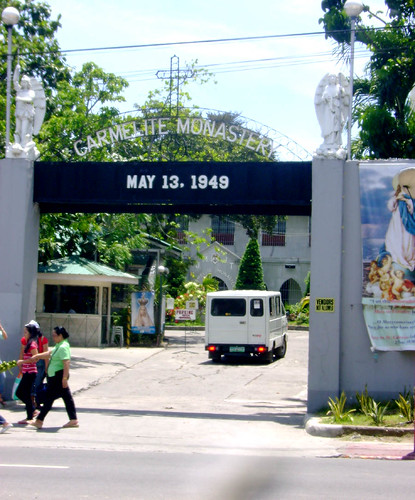
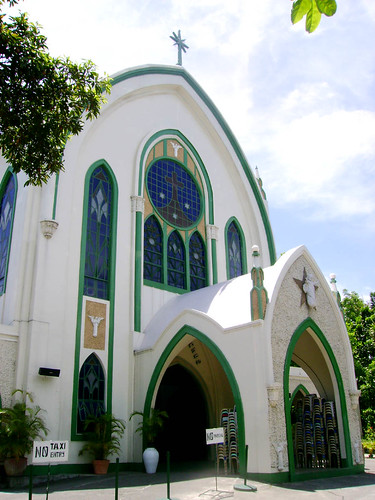
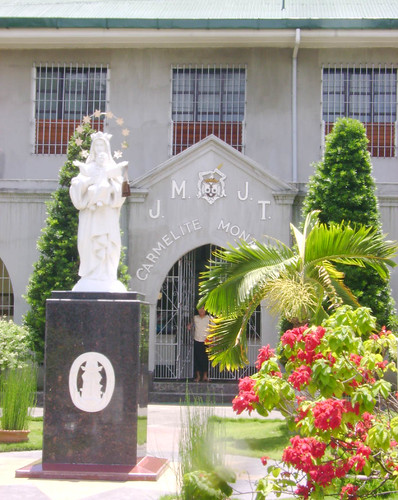
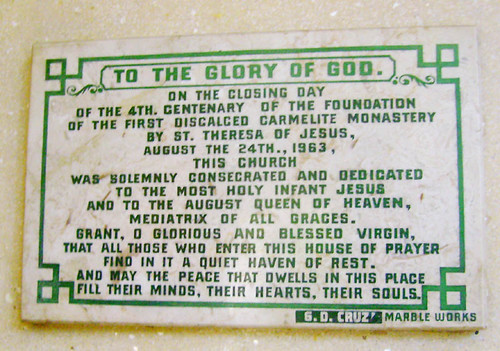
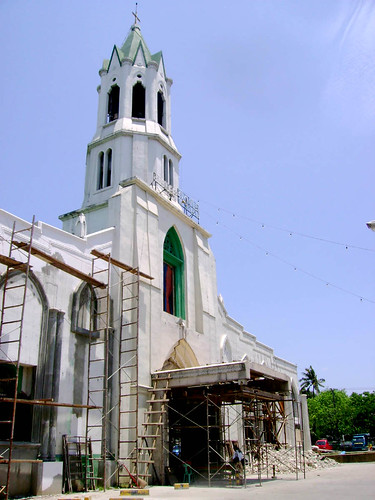 [/caption]
[/caption] [/caption]
[/caption]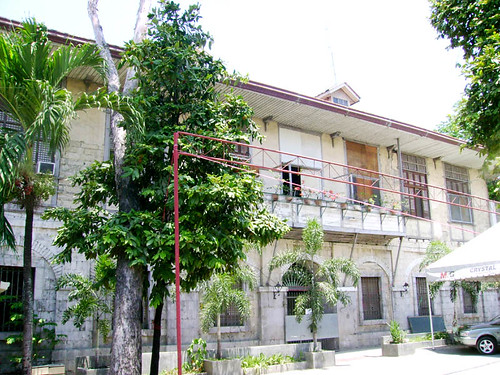 [/caption]
[/caption]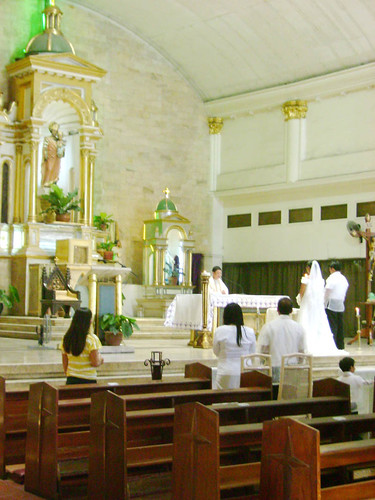 [/caption]
[/caption]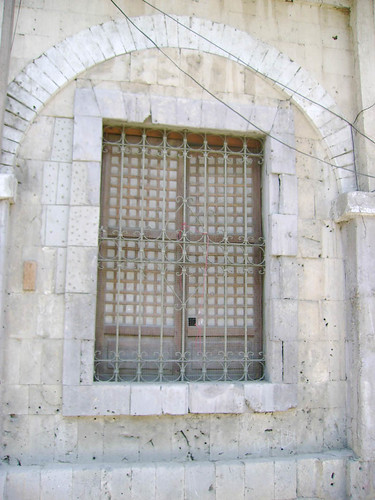 [/caption]
[/caption]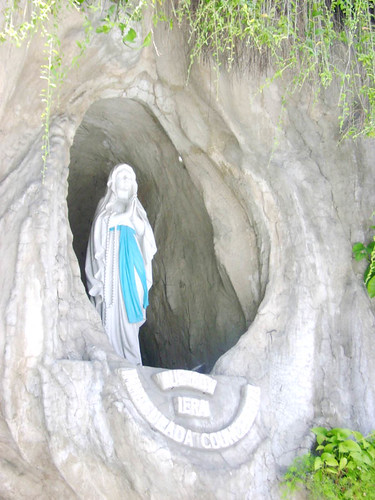 [/caption]
[/caption] [/caption]
[/caption]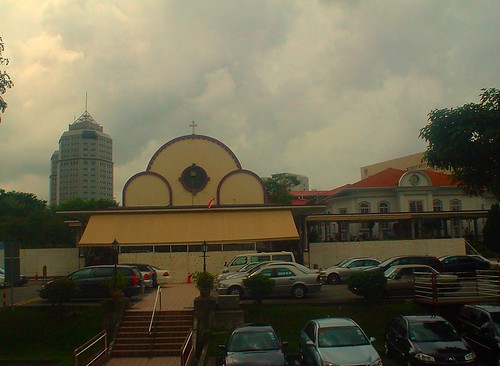 [/caption]
[/caption]
